
Attempting to turn cranky Maki into happy Maki through the power of fermentation. Plus a recipe for hummus with miso.
Filed under:
vegetarian vegan gluten-free health and weight loss
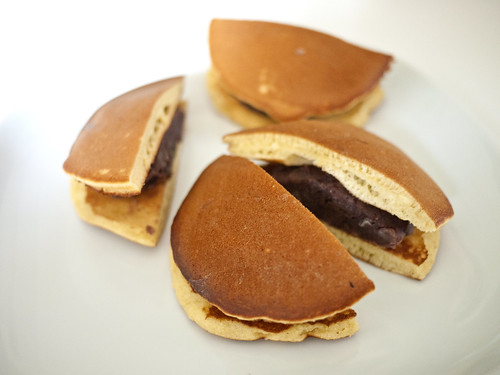
When I wrote about dorayaki, the sweet pancake-sandwich that is cat-robot Doraemon's favorite snack for the Japan Times back in October, I promised to post a recipe for making the little pancakes. Well finally here it is!
Filed under:
japanese sweet manga snacks japan wagashi japanese culture anime
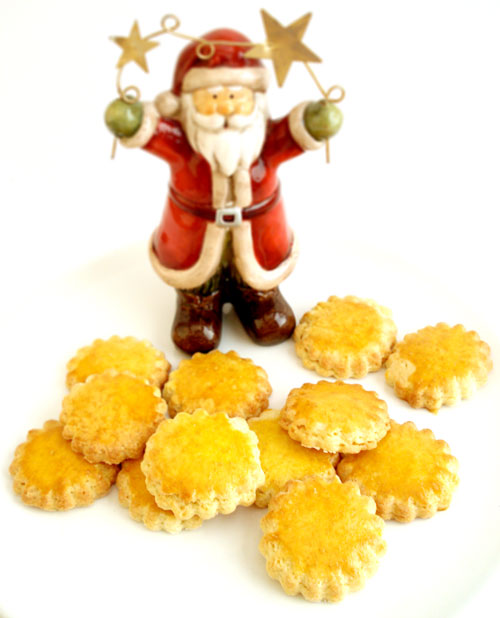
[From the archives. I'm not making a lot of cookies these days, but when I do these are still big favorites. They are quite plain but buttery-good, rather like shortbread but a little less rich. They are great Christmas cookies. Originally published December 2008.]
When it comes to cookies, I like them rather plain and not overly sweet. This traditional cookie from the Bretagne (Brittany) in France is so plain and simple, that the ingredients really shine. It is made of flour, sugar, egg, and the famously delicious salted butter (beurre demi-sel) of the region. Somewhat related to shortbread or sablé cookies but not as rich, for me they are almost the perfect cookie, and very more-ish.
The salted butter is the key to this cookie's distinctive nutty, buttery sweet-salty flavor. The best salted butter from the Bretagne and other regions along the Atlantic in France are creamy-fresh and rich, with little glistening crystals of salt still visible. If you can get a hold of really good salted butter, you can use traditional recipes and the cookies will turn out the way they should. If not, some adjustments need to be made. So, I would recommend following the variation of the recipe that meets your butter quality.
(You might see something called galettes bretonnes au sarrasin. These refer to a thin crêpe or pancake made out of buckwheat (sarrasin) flour, usually served with a savory filling. I love those too, but these article is about the cookie galettes bretonnes.)
Filed under:
baking cookies french christmas holidays bretagne
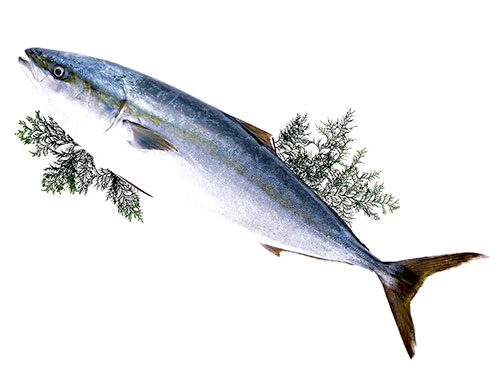
Fish that get on in life, plus a super-simple recipe for teriyaki fish made in the oven.
Filed under:
japanese ingredients fish japan washoku
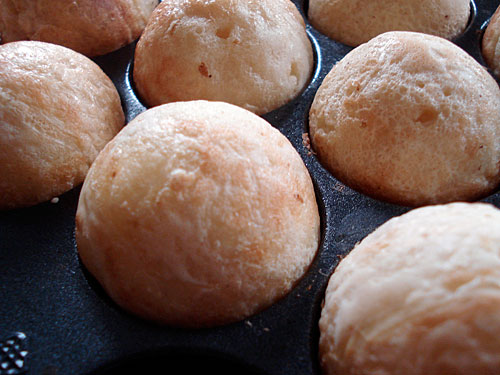
[Note: I am reposting this article from the archives because of this paragraph. Several people have said in the comments that a Danish Æbleskiver or ebleskiver pan would be a good substitute for a takoyaki pan. You also see this mentioned on other sites. I finally got a chance to hold a real ebleskiver pan in my hands, and the bad news is that I am not sure it really would make a good substitute. The pan makes round cakes shaped similarly to takoyaki, for sure, but they are maybe 5 to 6 times the size of a takoyaki. So what you'd end up with are huge dumplings, which would need to be cooked a lot longer than takoyaki do. One of the main features of a takoyaki is the contrast between the slightly crispy outside which gradually softens under the sauce, and the just-cooked, piping hot creamy interior. I really don't think you can get that with a huge er, ball. But if you have tried it for yourself, please let me know.
Another note: The video I mention below that was so great has been withdrawn due to copyright violation from YouTube. I'll replace it with more complete instructions as soon as I can, but in the meantime you can still make takoyaki from the recipe.
This was originally published in July 2007.]
Filed under:
japanese party food
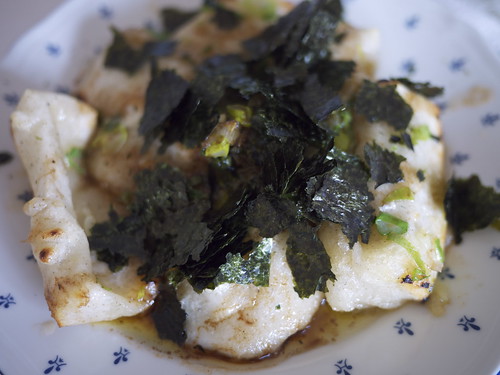
All about mochi and New Year's in the Japan Times, plus a ruinous-to-your-waistline buttery mochi recipe.
Filed under:
japanese new year holidays mochi writing elsewhere japan times
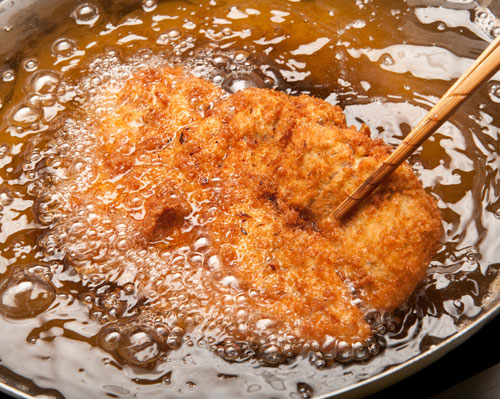
A recipe for katsudon (a fried pork cutlet on rice topped with scrambled egg), and the history of pork in Japan.
Filed under:
japanese pork meat writing elsewhere japan times yoshoku
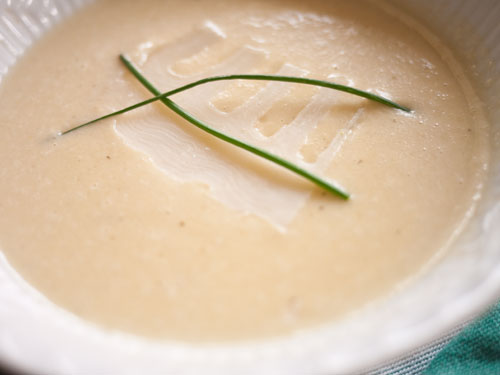
A very simple creamy soup, made with a quintessentially Japanese spring vegetable, bamboo shoot or takenoko.
Filed under:
japanese soup spring vegetarian yohshoku gluten-free
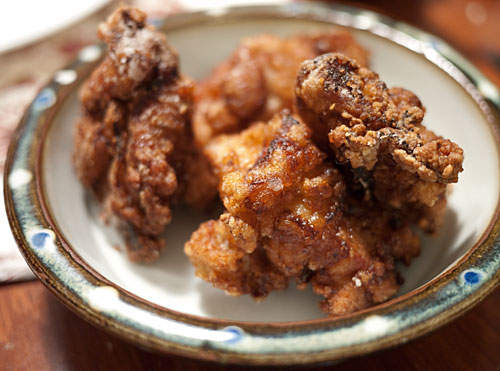
One of the all-time favorites on this site, revised and updated.
Filed under:
japanese chicken favorites washoku chuuka